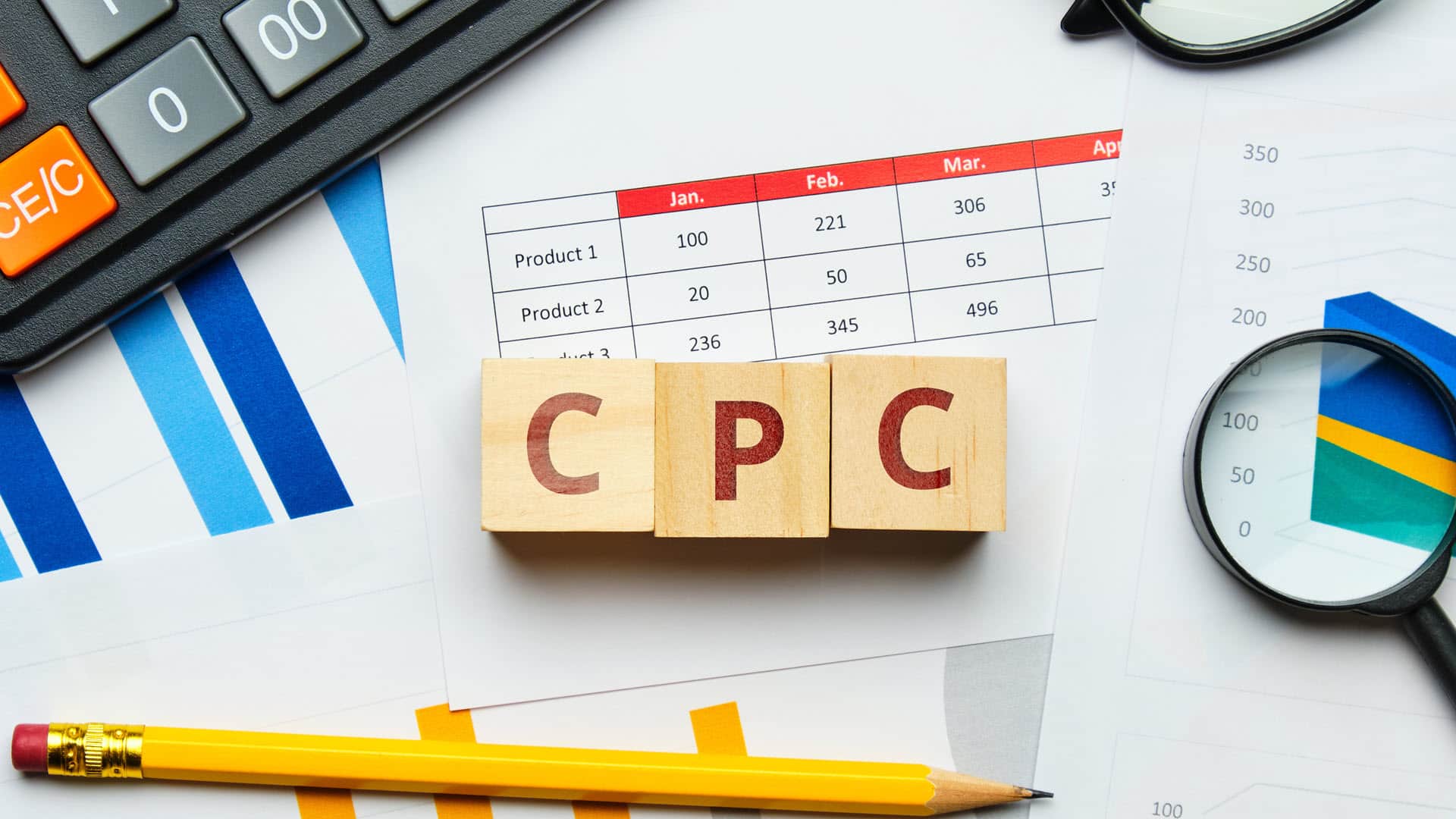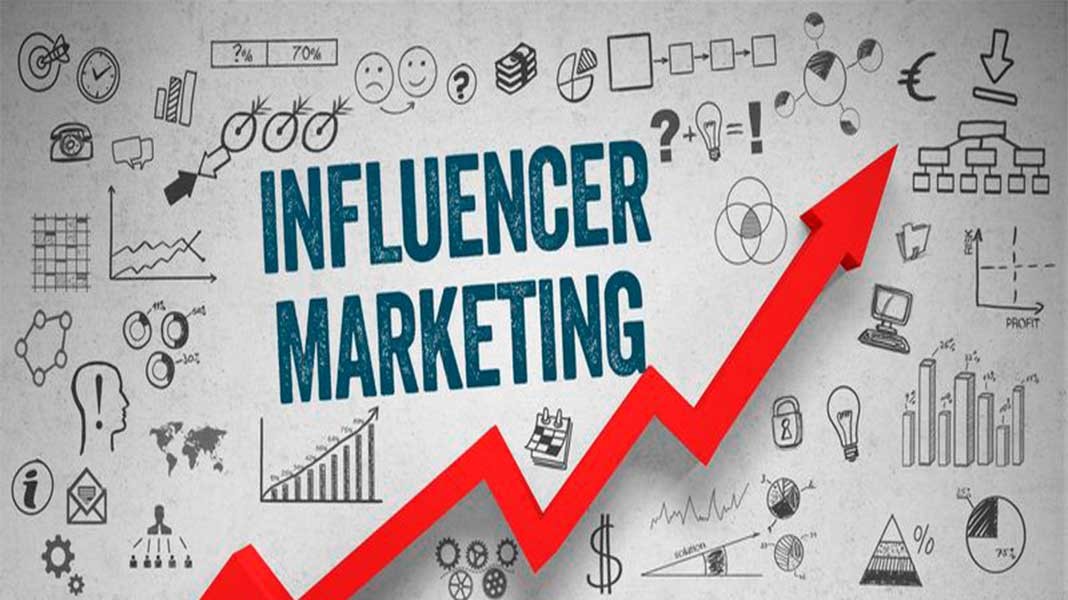How to Reduce Cost Per Click (CPC) in Paid Campaigns
Paid advertising is a powerful way to drive traffic, but it can quickly become expensive if your Cost Per Click (CPC) is too high. Managing CPC efficiently is crucial for maximizing your ROI and ensuring your ad spend is put to good use. In this article, we’ll explore key strategies to reduce CPC and optimize your paid campaigns.
1. Use Long-Tail Keywords
Long-tail keywords are more specific phrases that typically face less competition than broader terms. As a result, they tend to have lower CPC. Moreover, long-tail keywords often target a more defined audience, which means they can lead to higher conversion rates.
Why it works:
– Lower competition means reduced CPC.
– More specific keywords often attract users with clear intent, improving conversion chances.
Tip: Use tools like Google Keyword Planner to find long-tail keywords with sufficient search volume but less competition. This will help reduce your costs while ensuring relevance.
2. Improve Your Quality Score
Google Ads determines your CPC based on your Quality Score, which measures how relevant your ad is to the keyword, your ad’s CTR (Click-Through Rate), and the user experience on your landing page. A high Quality Score means lower CPC.
Why it works:
– A higher Quality Score results in lower CPC.
– A more relevant ad improves user experience and performance.
Tip: Ensure that your ad copy is highly relevant to the keywords and landing pages. Focus on enhancing user experience, which can improve both your Quality Score and conversion rates.
3. Add Negative Keywords
Negative keywords prevent your ads from showing up for irrelevant searches. By excluding keywords that don’t convert, you can avoid wasting budget on clicks that aren’t likely to bring in customers.
Why it works:
– Saves budget by filtering out irrelevant traffic.
– Targets more qualified users who are more likely to convert.
Tip: Review your search term reports regularly and add irrelevant keywords to your negative keyword list to optimize your spend.
4. Optimize Ad Scheduling
Ad scheduling allows you to choose when your ads will appear. By analyzing past campaign data, you can identify the best times to show your ads based on when they perform best, and avoid wasted spend during off-peak hours.
Why it works:
– Ads shown during peak times increase conversions, ensuring more effective use of your budget.
– Avoid wasting spend during hours when users are less likely to engage.
Tip: Analyze data from your campaigns to identify high-converting times and schedule your ads to appear during those periods.
5. Narrow Your Targeting
Broad targeting can increase CPC by showing ads to users who aren’t relevant to your business. Narrowing your audience by refining your targeting criteria, such as geographic location, demographics, and interests, helps ensure your ads are shown to the right people.
Why it works:
– More focused targeting reduces wasted spend.
– By reaching a highly relevant audience, you increase the chances of conversions, which lowers CPC.
Tip: Use advanced targeting options, including geographic and demographic filters, to focus your ads on users who are more likely to convert.
6. Optimize Your Landing Pages
A slow-loading or irrelevant landing page can result in high bounce rates and wasted budget. A well-optimized landing page that aligns with your ad’s message will not only improve your Quality Score but also lead to better conversion rates.
Why it works:
– Relevant, fast-loading landing pages improve user experience and lead to higher conversion rates.
– A better user experience improves your Quality Score, which can lower CPC.
Tip: Ensure your landing page is optimized for mobile, loads quickly, and delivers relevant content that matches the ad’s promise.
7. Use Ad Extensions
Ad extensions offer additional information in your ads, such as extra links, contact information, or offers. This increases the visibility of your ads and makes them more appealing to users, which can improve CTR (Click-Through Rate) and lower your CPC.
Why it works:
– Ad extensions make your ad more visible, increasing CTR.
– A higher CTR improves your Quality Score, which lowers your CPC.
Tip: Utilize various ad extensions, including sitelinks, callout extensions, and structured snippets, to make your ads stand out and drive more clicks.
8. Track Conversions
By tracking conversions, you can monitor which ads, keywords, and campaigns are bringing in valuable leads or sales. This allows you to allocate your budget toward the best-performing elements, reducing waste and lowering CPC.
Why it works:
– Conversion tracking helps you focus on the most profitable keywords and ads.
– Optimizing for high-performing elements reduces overall CPC.
Tip: Set up conversion tracking within Google Ads or your chosen platform to monitor key actions like form submissions, sign-ups, or purchases.
9. Monitor Competitors
Staying on top of competitor strategies can give you valuable insights into their bidding and keyword strategies. By understanding what your competitors are doing, you can adjust your own approach to take advantage of opportunities to lower your CPC.
Why it works:
– Competitor analysis helps identify areas for improvement in your campaigns.
– It allows you to adjust bidding and targeting to achieve better results.
Tip: Use competitor research tools like SEMrush to track competitor keywords and bidding strategies, allowing you to make data-driven adjustments.
10. A/B Test Your Ads Regularly
Regular A/B testing is essential for optimizing your ads. Testing different variations of ad copy, keywords, landing pages, and targeting can help you identify the best-performing combinations, leading to reduced CPC.
Why it works:
– Continuous testing helps find the most cost-effective combinations.
– Optimizing ads based on data ensures lower CPC over time.
Tip: Test different elements of your campaigns, including ad copy and targeting, to determine the best-performing combinations and refine your strategies.
Conclusion:
Reducing CPC requires continuous optimization and smart strategies. By focusing on long-tail keywords, improving your Quality Score, refining your targeting, and optimizing landing pages, you can reduce your CPC and achieve better results. Regular testing, conversion tracking, and competitor analysis will help ensure that your campaigns remain cost-efficient while maximizing your ad spend.
Implement these strategies, and you’ll be well on your way to reducing your CPC and improving the effectiveness of your paid campaigns.




